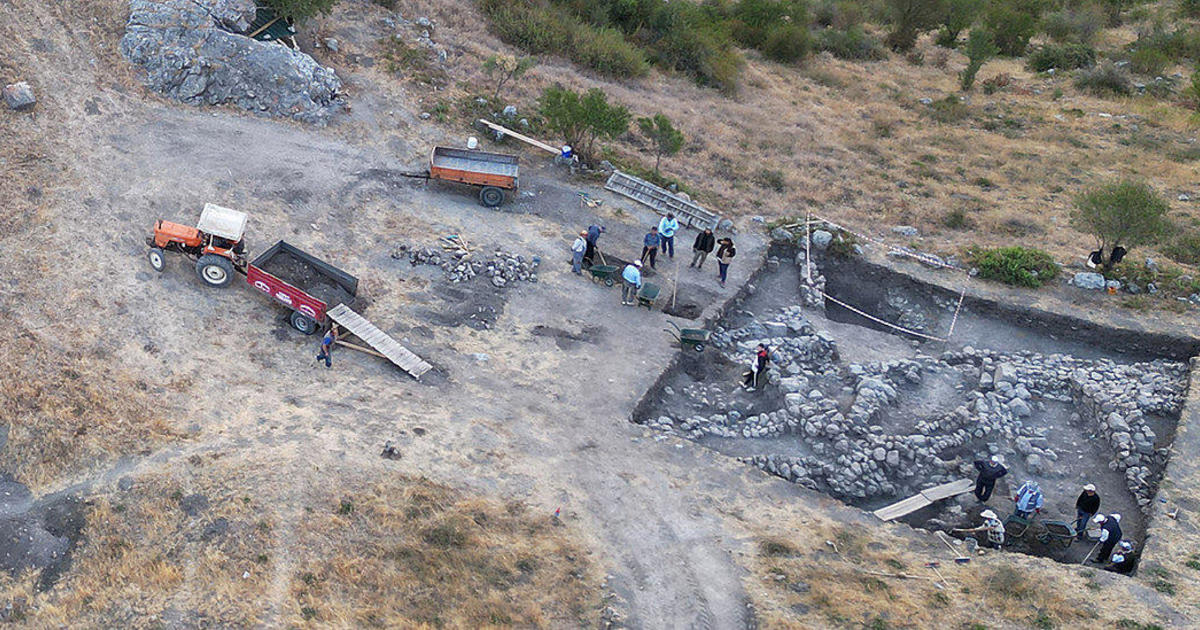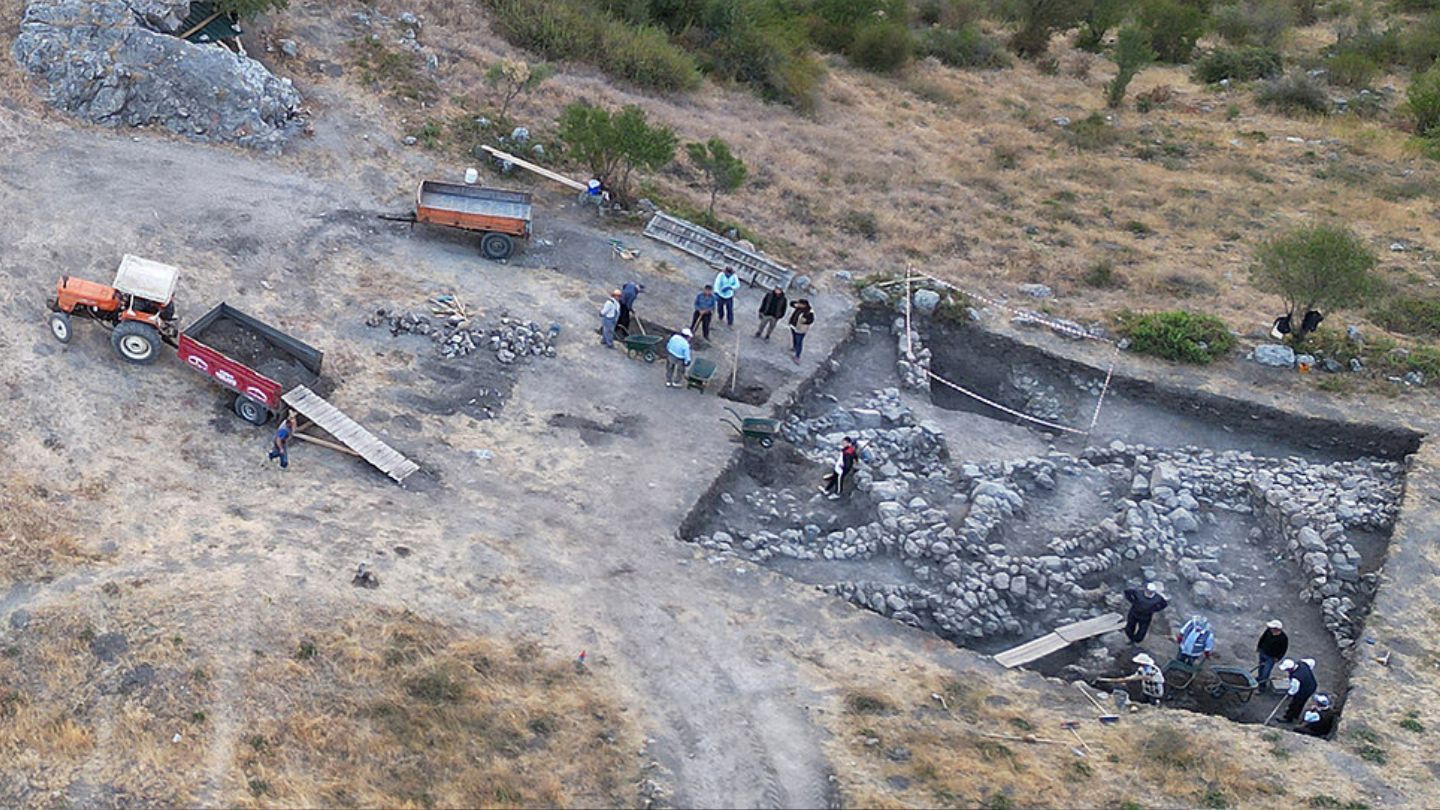AI Used to Decode Ancient Roman Scroll

The Facts
Three tech students have built an artificial intelligence (AI) model to virtually decipher a 2K-year-old ancient scroll thought to have been owned by Julius Caesar's father-in-law before it was burnt during the Mount Vesuvius volcanic eruption in 79AD. The discovery was part of the University of Kentucky Professor Brent Seale's "Vesuvius Challenge," which offered a $1M prize to anyone who could figure out how to decipher the carbonized text.
Among other cities, Mount Vesuvius' eruption destroyed the city of Herculaneum — home to the Villa of the Papyri library, which housed over 1.8K papyrus scrolls. While the heat and carbon from the eruption did preserve the scrolls, years of decay left them illegible. The students' AI model, however, was able to distinguish between papyrus and ink as well as translate faint lettering.
The Spin
Narrative A
Following centuries of failed efforts to physically unravel these texts, followed by decades of technological advancements that could only partially unseal artifacts, new AI technology has revolutionized the field of archaeology. As these algorithms continue to unlock previously unopenable documents, researchers will be able to study philosophers and their yet-unknown influence on phenomena ranging from religion to the Classics.
Narrative B
While AI has been used to uncover groundbreaking historical discoveries, it can also be used to falsify the past, from newspapers to letters to government records. Long before the invention of AI, regimes like the Soviet Union and Nazi Germany rewrote the past to shape the future — now imagine what could be done with AI. Companies at the forefront of this technology need to work fast to mark all historical records and make them AI-proof before they can be altered.


